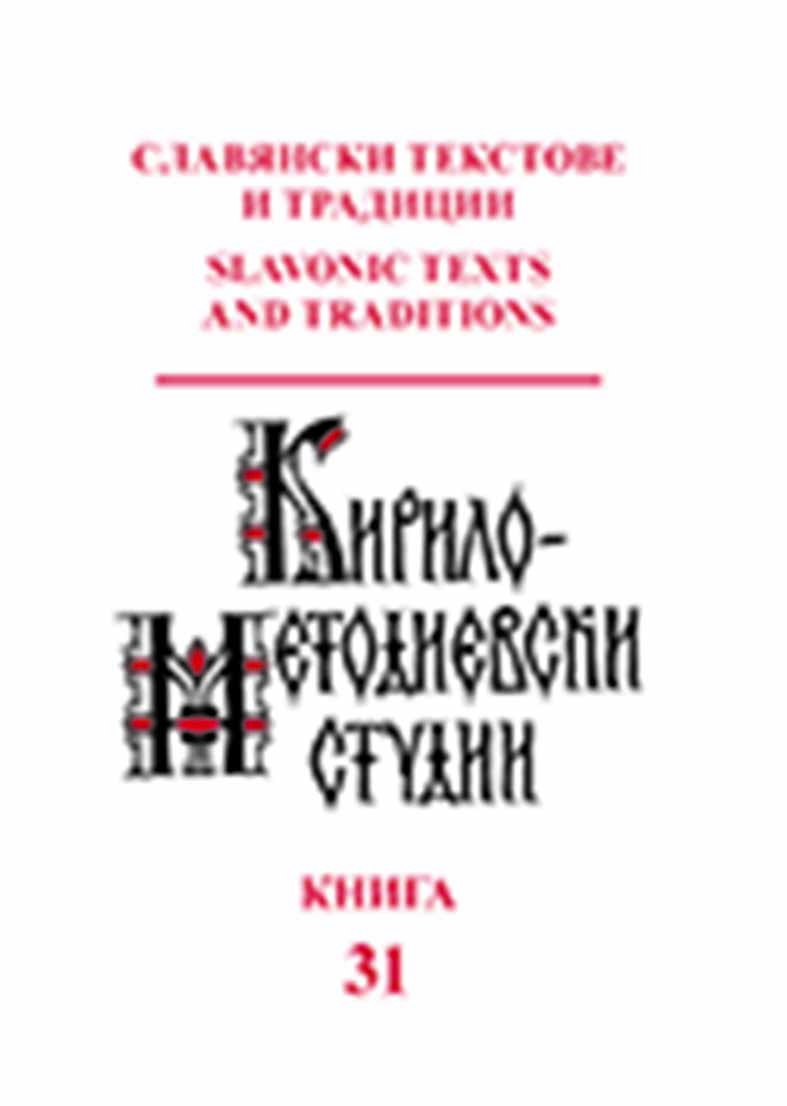Způsob překladu předložkových spojení s εἰς a ἐν a jejich varianty v nejstarších staroslověnských žaltářích
Ways of translating of Prepositional Phrases with εἰς and ἐν and Their Variants in the Oldest Old Church Slavonic Psalters
Author(s): Petra StankovskaSubject(s): Language studies, Language and Literature Studies
Published by: Кирило-Методиевски научен център при Българска академия на науките
Keywords: Psalter; Old Church Slavonic; translation; preposition; equivalent.
Summary/Abstract: The Greek prepositions εἰς and ἐν are highly frequent in the texts. In the Old Slavonic translations of Psalter, Gospels, Apostle, etc. we find several equivalents, the most common of which are въ + acc./loc., на + acc./loc. It turns out that in the psalter maintains a similar state of equivalence as in the Gospels, while in the apostle, the Suprasl codex and the paroimarion the usage differs. Prepositional phrase въ + loc. for the Greek εἰς it is few in number in the psalter. For translations of the adverbial of time expressed by the phrase with ἐν, the equivalents using въ + acc. in the psalter predominate въ + loc. in a ratio of 8:1. The occurrence of the preposition до + gen. is specific for the psalter (19x) for εἰς in the phrase до коньца (for εἰς τέλος) versus въ коньць (for εἰς τὸ τέλος). The third most common translation of ἐν + noun in the psalter is the non-prepositional instrumental on the syntactic position of the object and the fourth by frequency translation is the phrase о + loc. only combined with the nouns of the means of “higher power” (богъ, господь, спасение, грѣхъ), while in the apostle and paroimarion is also used in connection with other nouns.
Journal: Кирило-Методиевски студии
- Issue Year: 2021
- Issue No: 31
- Page Range: 91-104
- Page Count: 14
- Language: Slovenian
- Content File-PDF

